Discussed in this post: 7 Books (On Becoming a Person; Promises, Promises; Boredom; Endland; The Carrying; Don’t Call Us Dead; and The Whitsun Weddings); 6 Movies (Capernaum; Joker; Morvern Callar; Scary Stories to Tell in the Dark; Kubo and the Two Strings; and Anna and the Apocalypse); and 2 Documentaries (Learning to See; and Drokpa).
Books
1. On Becoming a Person: A therapist’s view of psychotherapy by Carl R. Rogers.

Carl Rogers pioneered a lot of things that have become buzzy in social services, and even in pop culture, especially in relation to authenticity, client-centred care, non-judgmental empathy, and unconditional high regard. A lot of these things have become twisted in the hands of disciplinary institutions or commodified in the hands of capitalists but, when you go back to the source, Rogers actually has a lot of really good things to say. In fact, given the cred that Rogers has in mainstream services, I’m finding him a very useful resource to exploit to bring in arguments, strategies, and tactics from more radical sources who are neglected, ignored, or deliberately marginalized by the mainstream. As such, this book is a fantastic resource and one that I wish everyone who does work like I do would read (and, having read it, would take it seriously on its own and not allow all the layers of shit the non-profit industrial complex has dumped on it to contaminate their reading). This is good stuff for those who are into this sort of thing. Much, much better than the subsequent ways in which Rogerian approaches have been overcoded with so-called Dialectical Behavioral Therapy (DBT) which is really about increasing a person’s functionality within the toxic and death-dealing environments most of us have been dumped into in the world of late capitalism. Rogers would not be impressed.
2. Promises, Promises by Adam Phillips.
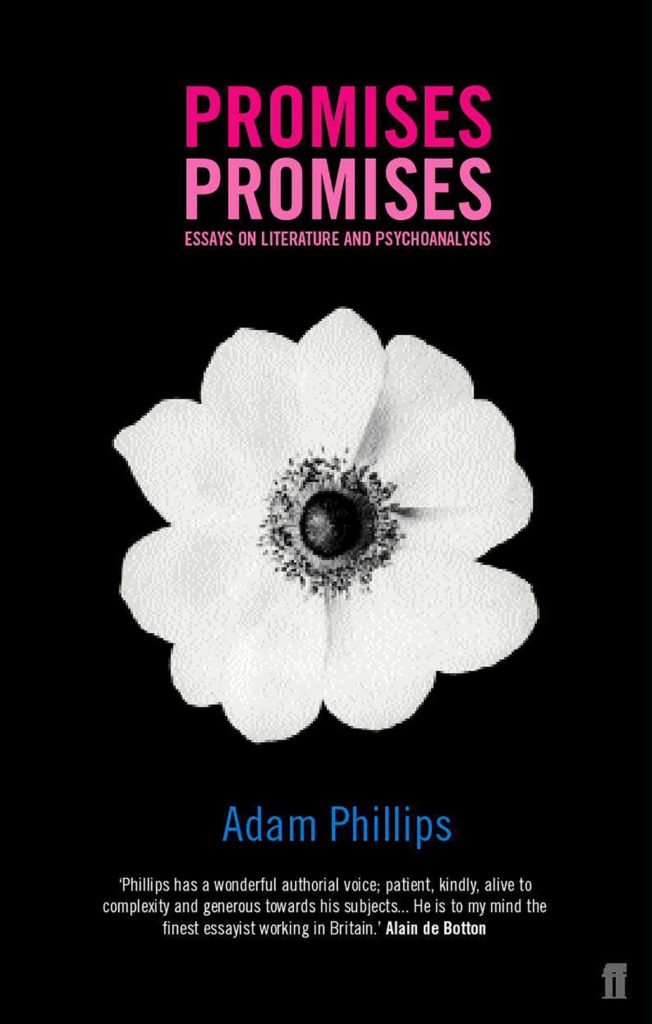
Adam Phillips is a psychoanalyst who reads a lot and thinks about society and culture a lot and who is witty and, more than providing a lot of excellent theories or theses, asks really good and surprising questions. He knows all the big names in his field—Freud, Lacan, Bowlby, Klein, Winnicott—but he has read far more widely than those who are strictly interested in advancing their careers (and, by implication or perhaps this is the core of it, their revenues). A true expert in his craft, Phillips doesn’t so much tell you what to think as he does point out how we might go about thinking in the first place. I enjoyed this collection of essays although I felt that things did get bogged down a little in the middle.
3. Boredom by Alberto Moravia.
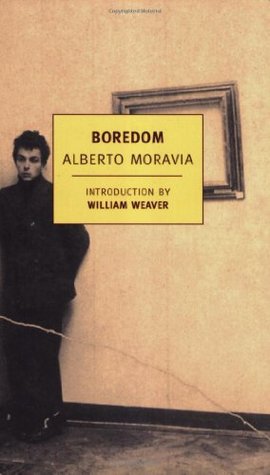
Alberto Moravia’s meditation about the ennui experienced by those who are wealthy enough to treat life as disposable and who can take or leave whatever they wish, knowing they are ever only two steps away from (not only security but) luxury, is not the most pleasant thing to read. I even began to wonder if the repetitiveness of the plot, which the eroticism (and misogyny) could not transcend, was actually part of a ploy on behalf of Moravia—“I will write about someone who is trying to flee from boredom and I will write about it in a way that ends up boring you!” Mission accomplished.
4. Endland by Tim Etchells.

Now this is a book that didn’t bore me! In fact, it amused me so much that I frequently found myself laughing unusually hard and then reading passages aloud to Jessica so she could be in on the joke. It’s cracked me up like the best kind of crack, methed me up like the betht kind of meth, and so on, and so forth. A lot of post-beat, post-gonzo writers try to create the kind of vibe that Etchells produces and, to be honest, I mostly find their efforts to be overly contrived, derivative, and dull. But Etchells is able to play within this genre in a way that feels genuinely clever and not overly done, but still completely mad. Not all the stories contained stand up to that high praise but a lot more than I thought would sure did (also, fun fact, I am a patron of this publisher, & Other Stories, and so I get free books from them; see here for more on that).
5. The Carrying: Poems by Ada Limón.
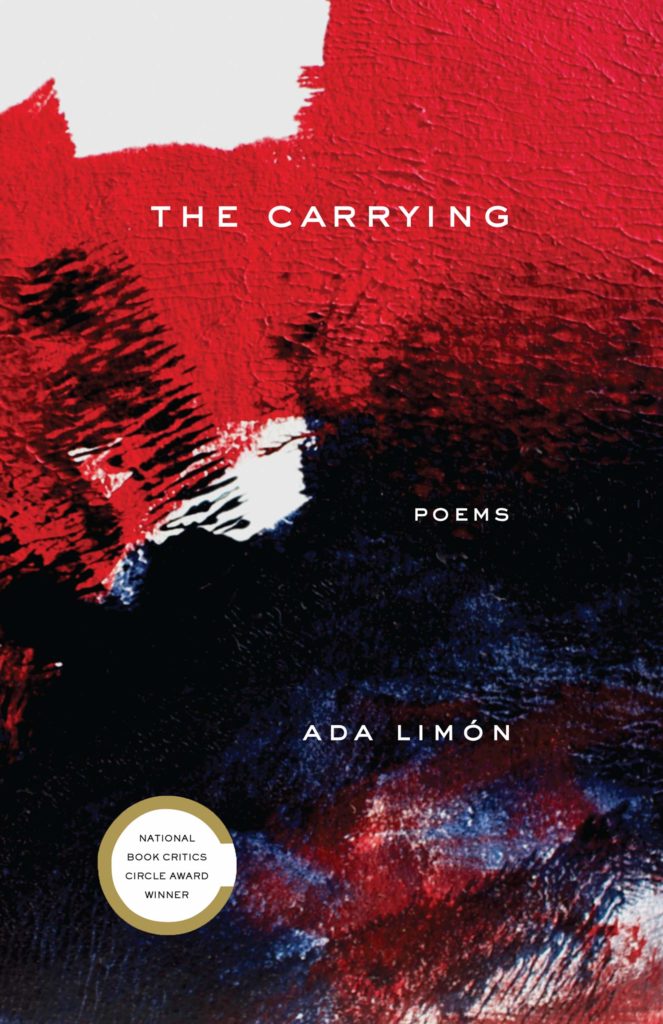
I often find that very technically clever poets and very affective poets stand at odds with each other. I’m not sure how much this has to do with my own tastes and the distrust I have of intellectuals qua intellectuals or how much this actually reflects how others experience different poets or how different poets experience themselves. I have debated this question back and forth with myself over the last few years and still don’t feel like I’m anywhere close to an answer. Ada Limón’s poetry, however, is situated at that perfect sweet-spot where technical aptitude and emotional connectedness overlap. Reading her, stimulates me emotionally and mentally on several fronts simultaneously—as a person, as a man, as a writer. Damn. It’s collections like this one that make me very happy that I’ve decided to take another shot at poetry. Very highly recommended reading.
6. Don’t Call Us Dead by Danez Smith.

For whatever reason, it seems to me that gay men of colour are writing the best poetry around these days. Not sure why I vibe so hard with these fellas, but I do. Ocean Vuong, Kaveh Akbar, and now Danez Smith, Jesus Christ, these fellas can spin sentences that make me feel things that I can’t too easily contain in such words as “sorrow” or “rage” or “love” or “tenderness.” Things are all mixed up and there is beauty here with despair and anger here with affection and sex and care and love and death and none of these things are the other and none of these things require the other but here they are, all mixed up together, and Smith, who is a young Black men writing about the deaths of young Black men is also so much more than that and those who are dead are also so much more than their deaths and Smith knows this and speaks it and yet they have been murdered and murder is everywhere but it’s not the only thing everywhere and where it is after death, well, that too is not so easily contained in words. But Smith does an admirable job trying. Recommended.
7. The Whitsun Weddings by Philip Larkin.
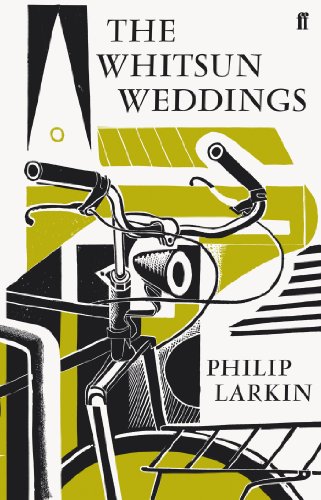
Philip Larkin is a noted xenophobe and misogynist and, having learned this about him some years ago, I never bothered reading any of his poetry. However, I was recently thinking about a notorious sex offender whom I worked with once. He was unapologetic about what he had done. He asserted that all the years he spent on the inside meant that he had paid his debt to society and should be given a brand-new start. He resented that people treated him like a goof when he out of jail. He sexually abused many very small children over a number of years. He was a big man. I can’t imagine what kinds of reconstructive surgeries the children needed after he was done with them. I found him to be an almost entirely unlikeable person and, if you know me, you’ll know that I rarely feel this way about people I encounter on the street. He latched himself onto me at a job that I once had—in part, I think, because he knew that he was unsafe in the environment where I worked and he knew I had respect from pretty much everyone so he hoped that latching onto me would keep him safe, and, in part, because I did not treat him like a goof but actually tried to assist him. I did this, not because of anything I liked about him and certainly not because I felt he deserved to be shown kindness or grace. No, I did this because I knew that he would be less likely to re-offend if he made some meaningful connections in the community and was not completely ostracized and left without help. In other words, I did it out of a desire to try and do everything I could to stop any other children being harmed by him. I don’t know if my efforts succeeded or not. To be honest, I doubt it. However, I thought about him, when I saw this collection of Philip Larkin’s poems on sale for fifty cents, because one day I was walking down a hallway in a local homeless shelter (which the Christian staff members run in the same hellish way that Christian staff members ran Indian Residential Schools) and I heard the saddest, most soul-rending music coming from the chapel. I stopped and listened for awhile. I got goosebumps. Tears came to my eyes. Looking in the door to see who was playing I saw, yep, the sex offender. And so, yes, I saw how even the most horrible people can sometimes produce incredibly beautiful things. This does not make them any less horrible. It does not make them any better as human beings or what have you. Fuck, even Hitler and George W. Bush have produced one or two decent paintings between them. But the work itself, apart from the one who produces it, can still be beautiful. I mean, we’ve all read Heidegger’s philosophy and been changed by it, right? So, yeah, all that to say, I thought I would give Larkin’s poems a shot. They were … meh … okay, I suppose.
Movies
1. Capernaum (2018) directed by Nadine Labaki.

I have been patiently waiting to watch this movie since I first learned about it two years ago (it’s on Netflix now!). Sometimes, when I wait that long for a movie, my expectations slowly creep up to unrealistic heights and I end up being disappointed. That did not happen in this case. Capernaum is an exceptionally good movie and while Shoplifters has also been on my “to watch list” for a long time (the reviews are outstanding), I’m surprised Shoplifters beat Capernaum for the Palme d’Or at Cannes in 2018. There is so much that is great about this movie. From its location in Lebanon, to the incredible performance of twelve-year-old Zain Al Rafeea (as the protagonist Zain), to the perspective it brings on the life of dispossessed and criminalized families, to the connections it makes between migrant populations, hustlers, and local communities of people who have been impoverished. This is a really great film. You should watch it. Especially now because things are going on in Lebanon! All power to the people.
2. Joker (2019) directed by Todd Phillips.
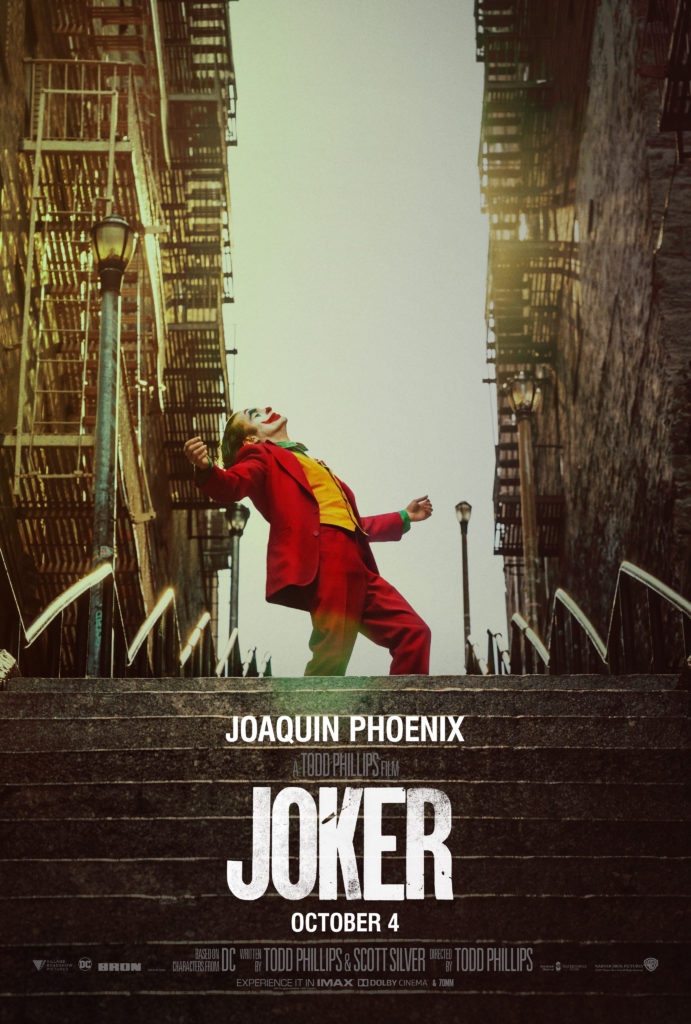
I watch some pretty thinky movies and read some pretty thinky books but Joker made me think more than most of them over the last month or two. This is the case, in part, because I think Joker is crafted so as to undercut it’s most obvious (and contradictory) interpretations—over against those who want to see Joker as some kind if Incel Manifesto, we are presented with a mass movement against austerity politics and the concentration of wealth in the hands of a tiny minority (who always claim to have the interests of the majority as their goal… even though the majority grows more and more impoverished as the tiny minority grows more and more rich). And yet, over against those who wish to see Joker as an emblem of revolutionary resistance, we are presented with an angry White man who kills his own mother (and does not do any violence against his imagined father, despite having the opportunity to do so and despite his father causing him and especially others far greater harm), who has an imaginary sexual relationship with the girl next door (whose apartment he breaks into at one point), and who repeatedly and explicitly states that he is neither motivated by any political analysis, nor intends to achieve any political goals. However, unlike Heath Ledger’s Joker who encourages others to view him as “a mad dog chasing cars” (which fits with Christopher Nolan’s representation of America-as-Batman fighting inexplicably-violent-immoral-terrorists), this Joker deliberately targets people who have personally injured, lied to, and exploited him. Yet this is not presented as the pursuit of justice—it is a cathartic release of rage that completely and utterly fucks over those who fucked him over without any thought as to whether or not this is “right” or “wrong.” In other words, Joker presents us with a complicated picture and both Joaquin Phoenix and Todd Phillips do an excellent job of keeping this terrain complicated despite the ways in which superficial readings want to smooth things out.
After some reflection, I am inclined to think that Joker is less directed towards Incels as it is directed towards the general anger of White men who are increasingly suffering the outcomes of neoliberal austerity but who have been taught that the world, and everything in it, is theirs for the taking.
This, I think, partly explains why American popular culture has developed along a trajectory from identifying with the hero (Superman), to identifying with the anti-hero (Batman, as I explore in detail in this post), to identifying with the villain (Joker). As the narrative of America as the heroic world saviour collapsed after two wars in Iraq and unending war in Afghanistan, Americans came to identify with anti-heroes, like the Dark Knight, who were villainized by the public, but who were actually working towards the greater good of all (even though they recognized the harsh reality of the need to use less-legal methods to achieve that goal). Now, however, after the market crash of 2008 and the rapid expansion of “austerity fascism” into more and more American lives, even this heroic anti-hero narrative became difficult to sustain. This shift became apparent when Suicide Squad dropped in 2016, but the mass- and critical-appeal of Joker shows how well established this shift is now.
Here then, for all their differences, I would like to suggest that Todd Phillip’s Joker tries to accomplish the same goals of Christopher Nolan’s (and Frank Miller’s) Dark Knight. Here, the revolutionary potential of the rage of those who are being dispossessed (even if much of what they possessed was premised upon colonization, racism, misogyny, theft, and oppression) is depoliticized and, it should be noted, those who do actually act out their rage—especially with violence—are framed as mentally ill (although, and it appears that we need to say this over and over again all the time, people who are mentally ill are far more likely to be victims of violence than they are to be perpetrators of violence). However, and this goes back to the ambiguity I mentioned at the beginning, this depoliticized and mentally ill rage becomes a source of inspiration for a political uprising and the Attentat of Batman’s parents (although, as with other revolutionary acts that target elites members, this act rebounds against those who perform it—thus, we know that the Batman will rise from these ashes to continue enforcing the elite interests of billionaires such as himself [and, in fact, Batman’s raison d’être, as explored in Nolan’s films, is already laid out in the speeches of his father in this film—a move that I thought was particularly clever).
The question this then raises for me is the extent to which the much remarked upon, much studied rage of disillusioned, betrayed, and recently demoted or impoverished White men can actually be directed towards revolutionary ends. In this regard, I can’t help but think of two very different “riots” where I may or may not have been present. The first was the “Heart Attack” protest that occurred during the opening day of the 2010 Olympic Games in Vancouver. This was a clearly marked-out “diversity of tactics” event, wherein a sizeable black bloc engaged in some targeted acts of property destruction, traffic disruption, and a few scuffles with riot cops. The event was political, it was strategic, and it had rather limited success. The second riot, which the police in Vancouver allowed and encouraged to take place (in order to justify the billions spent on policing during the Olympics–I remember seeing van loads of riot cops parked in alleyways close to where the riots started but the cops never acted or emerged, not even after the first car was set on fire–in other words, they let the riot happen), occurred the following year during the Stanley Cup finals. This was a riot of mostly angry, mostly middleclass, White men who burned cars, engaged in a lot of smash-and-grab acts of looting from expensive shops, and got in a few punch-ups. In the first riot, I’ve heard it said that people felt very safe around their fellow rioters. In the second riot, a number of people expressed fears about being randomly targeted and several physical and sexual assaults were reported. Both, of course, deployed violence in way that was against the law but, other than that, they seemed to have little in common. Joker suggests that these two forms of violence can be equated with one another—so we have the depoliticized Joker snuffing his mother and a talk show host and we have the assassination of Batman’s parents alongside of anti-austerity, anti-police violence rioters, and we are made to think of all these things as one and the same. But they are not. The question is, how much can we direct the rage and violence of those who lack political consciousness to political ends. I’m not sure that this is possible—especially when the rage of so many White men is rooted in their loss of rank amongst the oppressors, and so they continue to target the oppressed, and would be more than happy to return to their former rank and company—but I have been wondering about this since I watched this film. I’d love to hear what others think.
3. Morvern Callar (2002) directed by Lynne Ramsay.
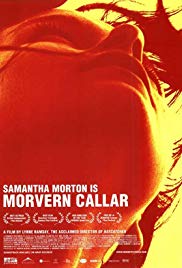
I was so unimpressed with We’ve Got to Do Something About Kevin that I thought I would never watch another Lynne Ramsay film. But, damn, do the critics love her stuff and, I don’t know, I thought maybe I just picked the wrong one and, although I wasn’t keen to watch her latest release, I thought I’d go back and watch one or two of the films she made that ended up making her into the name that she is. Movern Callar (about a gal who discovers her bf has suicided while she was asleep and who then goes on to publish his novel in her own name) sounded quirky enough to capture my interest. And it did—in very unexpected ways. Wow! Ten years before Harmony Korine dropped Spring Breakers, Lynne Ramsay had already anticipated a lot of what he did with that film. This is a very well done movie that deserves the praise it receives. Think I might actually try some of Ramsay’s other work now.
4. Scary Stories to Tell in the Dark (2019) directed by André Øvredal.
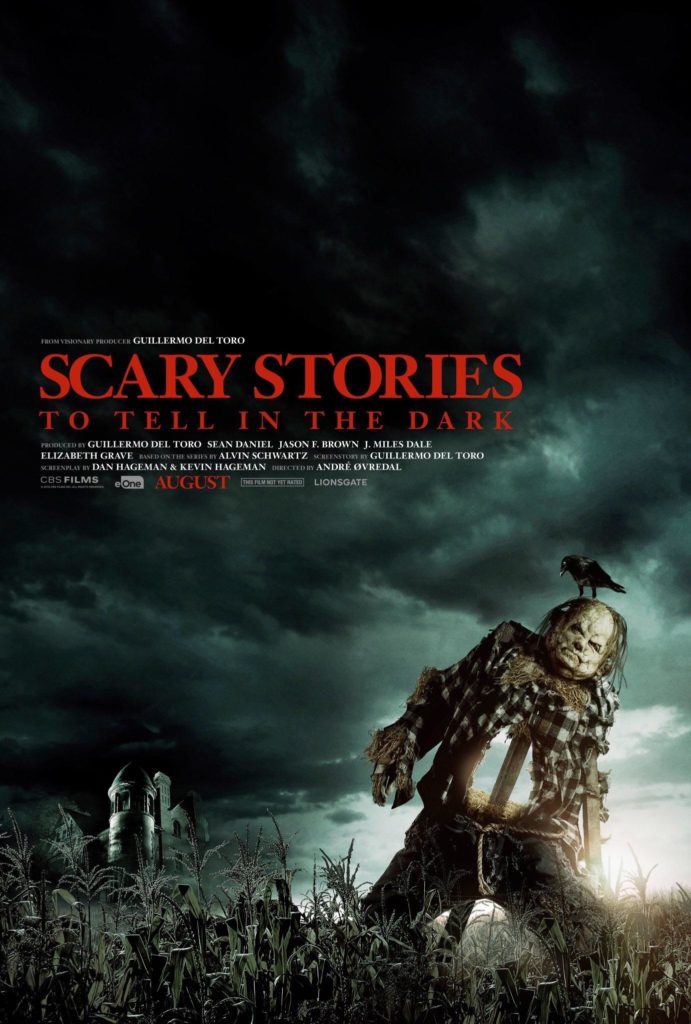
This film is little more than a collection of old campfire stories retold with contemporary special effects. That’s fine if you’re looking for something a little fun and a little scary (I was hoping it would have been scarier) to watch around Halloween but it doesn’t really stand out in anyway. I know it’s a mistake to associate a film’s style overly much with its producer (del Toro) than with its director (Øvredal), but the last del Toro produced-but-not-directed film I watched (The Orphanage) did a pretty good job of standing up to del Toro’s own directorial aesthetic and freaked me the fuck out. This one, not so much.
5. Kubo and the Two Strings (2016) directed by Travis Knight.
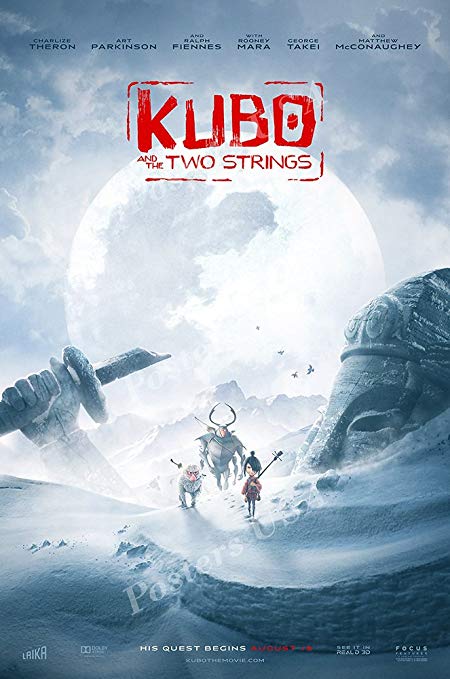
Getting outside of “the wonderful world of Disney” and discovering other kids’ animated films has been one of the most fun things about being a parent who knows that (in the words of one of my brothers) “it takes a village with a TV to raise a child.” Along the way, I’ve discovered some movies that stand amongst the great films of cinema—notably, the films of Tomm Moore, Hayao Miyazaki, Henry Selick, and recent additions by Wes Anderson. Travis Knight (who was actually the lead animator on Coraline and two other great recent kids’ films—Boxtrolls and ParaNorman) adds himself to this list of greats. Kubo and the Two Strings is not only the best kids’ movie I’ve seen this year but one of the best movies I’ve watched in any genre recently. It is wonderfully animated, wonderfully told, imaginative in ways that are both clever and unexpected, and generally full of the sort of thing that makes me, even as a 39-year-old, go “wow!” A lovely film. Recommended viewing.
6. Anna and the Apocalypse (2017) directed by John McPhail.

Back in 2004, Shaun of the Dead really broke the film world open to the idea of zombie comedies and Zombieland (2009) was a solid follow-up to that lead (I haven’t watched the second Zombieland which is in theatres now). And The Lure (2015) was an absolutely incredible addition to the horror genre, introducing us to the world of Polish horror musicals (which, in the case of The Lure, features killer mermaids—and, for the record, I think it was one of the best films to drop that year). So the idea of a zombie comedy musical (with the addition of a Christmas setting?) seemed like a fun idea. It also got decent reviews. Sadly, it did not come close to living up to the hype. A number of the songs were … dull, a lot of the plot was forced, and the comedy fell pretty flat. Bummer, man.
Documentaries
1. Learning to See: The World of Insects (2016) directed by Jake Oelman.
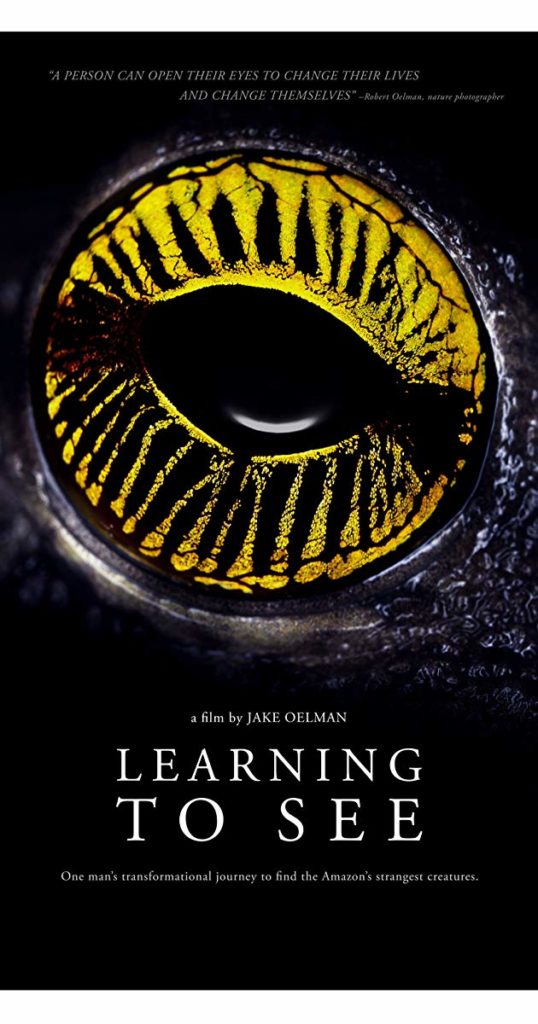
I remember back in the late ‘90s there was this almost underground buzz about this French documentary film about bugs called Microcosmos. Watching it was, I think, the first time I was exposed to macrophotography, the world of insects seen up close (very close!) and, of course, the now almost cliché video of the struggle of the dung beetle who just wants to get that ball of poop to go where it wants it to go. Oelman’s film fits the trajectory of Microcosmos with higher tech equipment, some of Oelman’s family history thrown in, and a little less to capture the viewer’s interest after years of documentaries like this. Don’t get me wrong though, I enjoyed watching it, but I was also hoping for something more than more of the same.
2. Drokpa: Nomads of Tibet (2016) directed by Yan Chun Su.
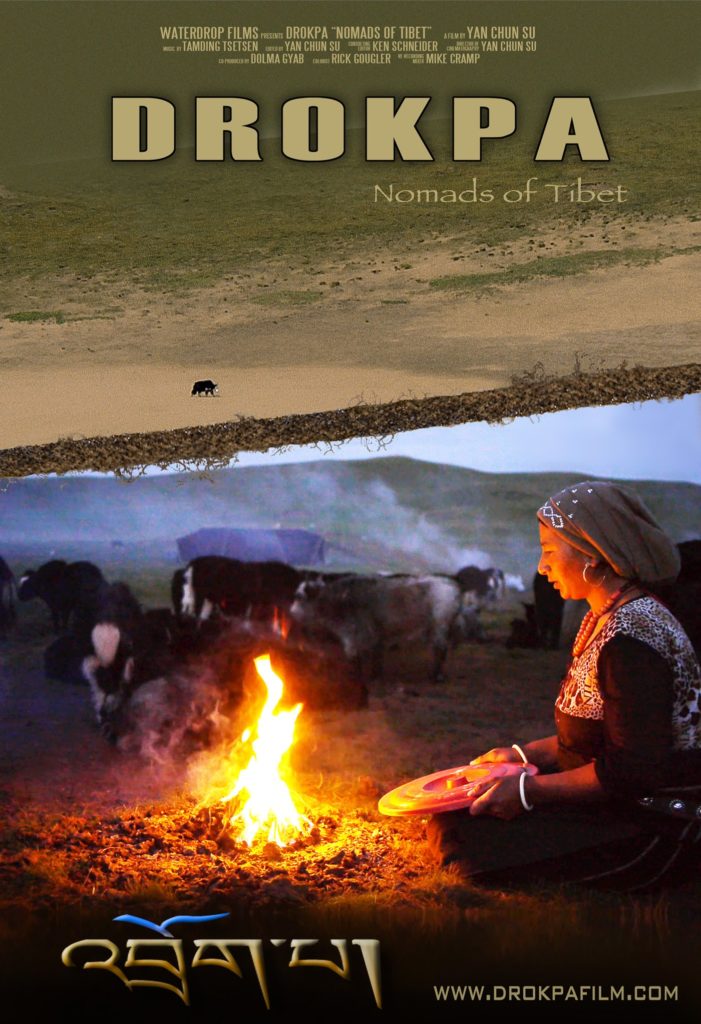
I knew nothing about the history of the Drokpa, the nomadic people living on the plateaus of the highlands in what we call Tibet, but I was unsurprised to learn that, due to mining, industrialization, colonization, and imperialism, their way of life is under threat, their lands are being transformed into deserts (literally), and they are being forcibly relocated into newly (and poorly) built urban centres where they are expected to either die or live entirely different lives. This, it seems, it increasingly the lot for the few remaining Indigenous peoples who still inhabit traditional, nomadic political economies. Su’s film was a glimpse into a world that is very seriously under threat, that looks as though it might not survive at all but, if there is anything I learned from studying the history of the Canadian occupation of Turtle Island, it’s that Indigenous peoples aren’t so easily inclined to disappear or “go extinct” (a more palatable term to imperial historians than “be forcibly exterminated” or “be made the victims of genocide” even though those phrases are more truthful). I wish this documentary had been a little better made but I am glad for what I was able to witness.